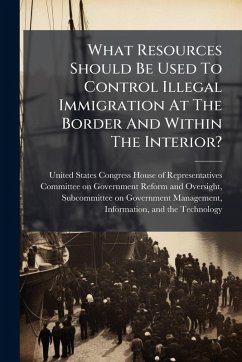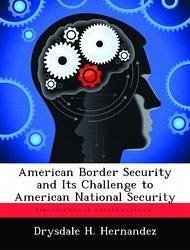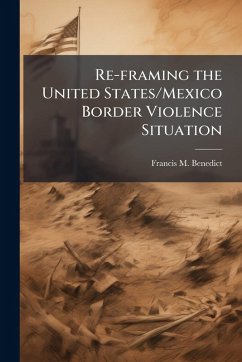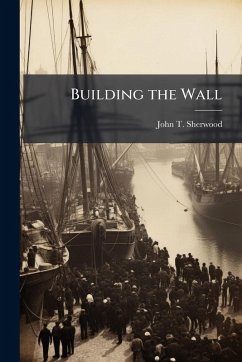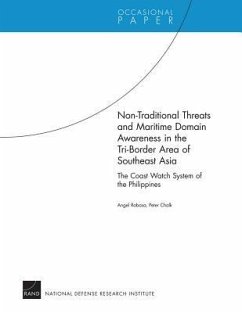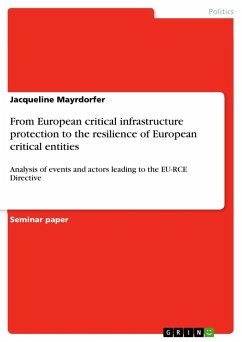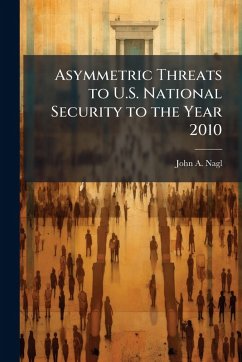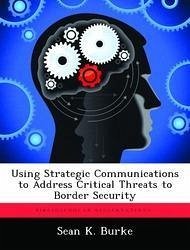
Using Strategic Communications to Address Critical Threats to Border Security
Versandkostenfrei!
Versandfertig in über 4 Wochen
14,99 €
inkl. MwSt.

PAYBACK Punkte
7 °P sammeln!
Abstract Border security improvements have certainly been made since the tragic events of 9/11, but there are still critical areas that threaten United States' borders and continue to leave the country open to future terrorist attacks. Some of the critical areas include: lack of information and intelligence sharing, sheer size of the borders and number of entry points, number of people looking to cross into the United States, weak inspection systems at customs and ports of entry, and a lack of synchronization between the federal government and local communities most directly affected by border...
Abstract Border security improvements have certainly been made since the tragic events of 9/11, but there are still critical areas that threaten United States' borders and continue to leave the country open to future terrorist attacks. Some of the critical areas include: lack of information and intelligence sharing, sheer size of the borders and number of entry points, number of people looking to cross into the United States, weak inspection systems at customs and ports of entry, and a lack of synchronization between the federal government and local communities most directly affected by border security issues. Considering all the threats and security challenges that currently face the United States and its borders, an effective communications strategy must be implemented to earn the public's support and understanding of the initiatives needed to solve the border security problems. The purpose of this paper is to discuss those critical areas that threaten U.S. borders and make recommendations on what can be done to improve them. Additionally, the paper will help show how an effective communications strategy can influence public opinion and put pressure on government agencies to make the changes necessary to improve the country's overall border security situation. This work has been selected by scholars as being culturally important, and is part of the knowledge base of civilization as we know it. This work was reproduced from the original artifact, and remains as true to the original work as possible. Therefore, you will see the original copyright references, library stamps (as most of these works have been housed in our most important libraries around the world), and other notations in the work. This work is in the public domain in the United States of America, and possibly other nations. Within the United States, you may freely copy and distribute this work, as no entity (individual or corporate) has a copyright on the body of the work. As a reproduction of a historical artifact, this work may contain missing or blurred pages, poor pictures, errant marks, etc. Scholars believe, and we concur, that this work is important enough to be preserved, reproduced, and made generally available to the public. We appreciate your support of the preservation process, and thank you for being an important part of keeping this knowledge alive and relevant.



